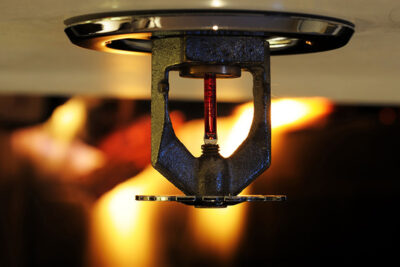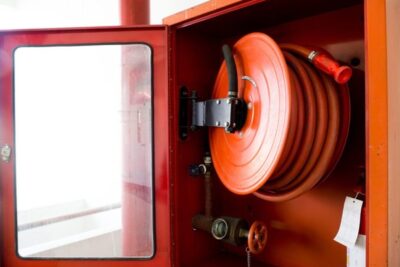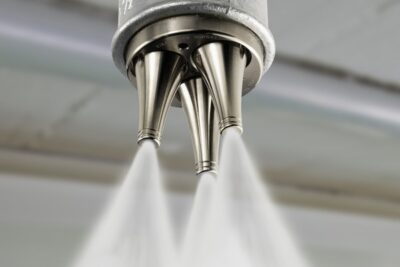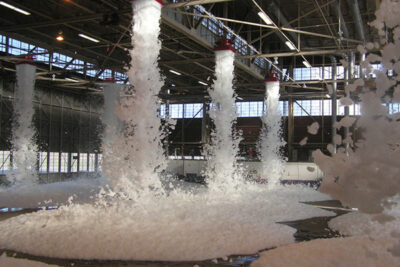Description
When the detection system senses a fire, it activates the control valve, which opens and releases the water or agent into the piping network. The water or agent then flows through the open nozzles or sprinklers and discharges onto the fire. The system operates as one unit, meaning all the nozzles or sprinklers are activated at once.







